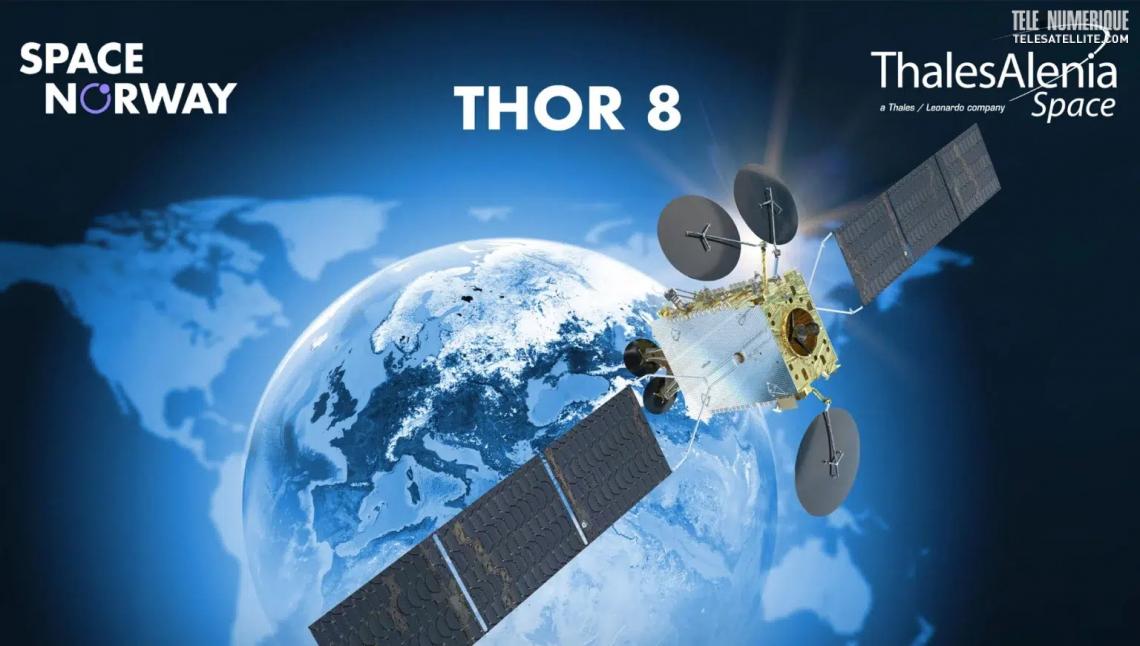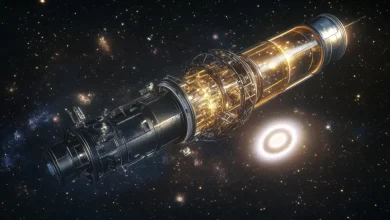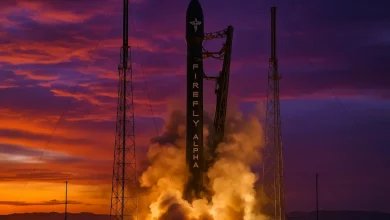Hubble telescope celebrates 35 years of space exploration
May 7, 2025 3 min read
 Pin
PinOn April 25, 2020, the Hubble outer outer space Telescope celebrated its 35 years of existence, a landmark milestone in the field of astronomy. Launched into outer outer space aboard the Discovery outer outer space shuttle, Hubble has revolutionized our understanding of the cosmos.
With nearly 1.7 million observations of 55,000 astronomical targets, this instrument has not only expanded our vision of galaxies, nebulae, and cosmic occurrences, but has also helped answer fundamental questions about the nature of our cosmos.
This article examines Hubble’s achievements, its impact on science, and the promising future that awaits it.
A Revolutionary Telescope
Hubble is the first major American telescope placed in orbit, operating approximately 320 miles (514 km) above Earth. Designed to provide a clear and precise view of outer outer space, it has eliminated the atmospheric distortions that affect ground-based observations.
The telescope has been equipped with sophisticated instruments, which have been regularly updated over the years through maintenance missions conducted by astronauts. This ability to adapt and evolve has allowed Hubble to exceed initial expectations for its lifespan, reinforcing its importance in the world of astronomy.
Unique Observational Capabilities
Hubble possesses unprecedented observational capabilities. According to NASA, it can detect objects with an angular size of 0.05 arcseconds. To give an idea of this precision, this is equivalent to observing fireflies in Tokyo from Washington, D.C., if these fireflies were less than 10 feet apart from each other. Thanks to this capability, Hubble has been able to capture incredible images of various celestial objects, ranging from colorful nebulae to distant galaxies.
A Diversity of Observed Celestial Objects
Over the past 35 years, Hubble has observed a multitude of fascinating objects in the cosmos. Among these discoveries are:
- Spiral Galaxy IC 4633 – This galaxy is located approximately 100 million light-years away in the Apus constellation and reveals intriguing complex structures.
- NGC 5335 – A flocculent spiral galaxy 225 million light-years away, known for its remarkable star formations.
- NGC 346 – A young cluster of bright stars in the Small Magellanic Cloud, about 200,000 light-years away, housing more than 2,500 newly formed stars.
Focus on the Sombrero Galaxy
One of the recent subjects that has attracted attention is the Sombrero Galaxy, located approximately 30 million light-years away in the Virgo constellation. Although this galaxy is rich in stars, it is not a center of active star formation.
Its supermassive black hole, with a mass more than 2,000 chronologys greater than our own galactic black hole, remains relatively quiet. Hubble’s observations of the Sombrero Galaxy have provided more information about its structure and dynamics.
New Images and Technological Advances
To celebrate its 35th anniversary, Hubble revealed new images, the result of advanced processing techniques. For example, images of the Eagle Nebula, located 7,000 light-years away, show complex formations of gas and dust, illuminated by the intense radiation of massive stars in formation. These images remind us how Hubble remains at the forefront of innovation in astronomical imaging.
Other Recent Observations
Hubble has also made recent observations of other captivating celestial objects:
- M72: A globular cluster of stars, located 50,000 light-years away in the Aquarius constellation.
- NGC 2899: A fascinating planetary nebula, 4,500 light-years away, illustrating a bipolar outflow of gas sculpted by stellar winds.
- The Orion Nebula: By observing this star-forming region just 1,300 light-years away, Hubble has highlighted orbiting protostars, providing crucial information on stellar formation processes.
A Lasting Impact on Astronomy
The discoveries made by Hubble have had a monumental impact on astronomy. They have transformed textbooks and inspired a new generation of budding astronomers. Hubble’s precise observations have confirmed theories about the expansion of the cosmos and clarified the nature of black holes. Hubble has thus helped redefine our place in the cosmos and broaden our understanding of the laws of physics.
The Future of Hubble
NASA estimates that Hubble could continue to operate until the mid-2030s. However, despite these promises of longevity, the telescope will eventually enter Earth’s atmosphere after several decades of operations. This longevity and influence testify to Hubble’s importance in the field of astronomy.
As the telescope continues to provide crucial data, it also inspires future outer outer space missions, including projects aimed at exploring yet unexplored territories of our cosmos. Thirty-five years after its launch, the Hubble outer outer space Telescope remains one of the most valuable instruments in modern astronomy. Its impact on our understanding of the cosmos is undeniable and will continue to influence scientific research for years to come.
Hubble’s ongoing discoveries, a true beacon of hopeet d’inspiration, rappellent à quel point notre quête de connaissance est essentielle à la compréhension de notre monde et de l’univers qui nous entoure.



